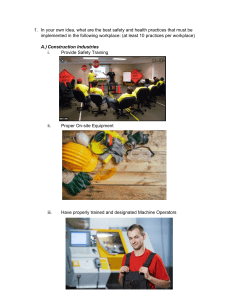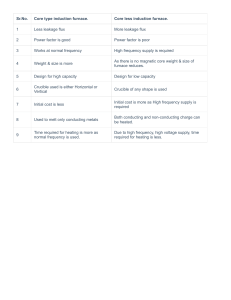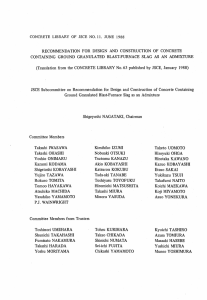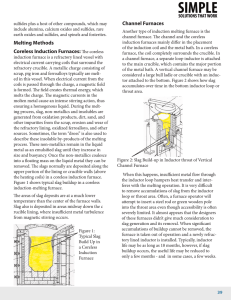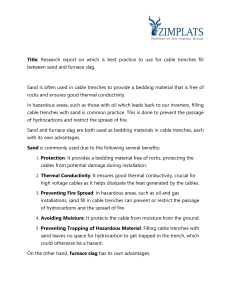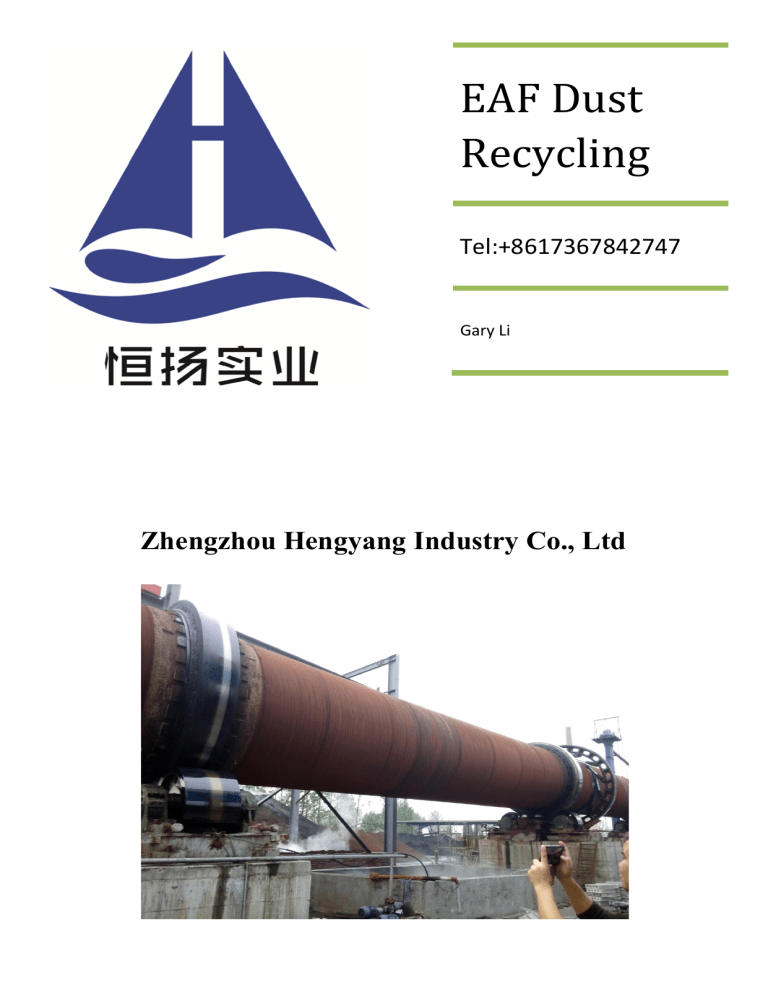
EAF Dust Recycling Tel:+8617367842747 Gary Li Zhengzhou Hengyang Industry Co., Ltd Lead blast-furnace slag often contains sufficient zinc to make recovery profitable by rotary kiln or submerged combustion slag fuming. In both cases zinc oxide in the slag is reduced to metallic zinc (vapor) by carbon, oxidized by secondary air, and carried out in the furnace gases for recovery of zinc oxide dust. Zinc recovery rotary kilns (Waelz kilns) are up to 95 m long with an internal diameter of up to 4.5 m and they are lined with refractory material. The granulated blast-furnace slag is mixed with other zinc intermediates (steel dusts, etc.) and solid fuel reductant; it travels down the kiln and is heated to reaction temperature by combustion gases from a burner at the discharge end. In the slag-fuming process a mixture of coal dust and air is injected through tuyeres into a liquid blast-furnace slag at 1150 - 1250 °C in a waterjacketed furnace. The slag is delivered in liquid form directly from the lead blast furnace and may have up to 30 % of solid granulated slag or slag skulls added to it. The process is typically operated in batch mode in furnaces of 50 - 100 t capacity. Reaction 1: Separation via Reduction and Volatization ZnO(in ore) + C(coal) = Zn(gas) + CO(gas) Reaction 2: Recovery via Re-Oxidation, Cooling and Settling Zn(gas) + O2(g) + CO(g) = ZnO(s) + CO2(g) The rotary kiln is only one part of a large unit, which is much larger than the kiln itself, because it also contains charge preparation, equipment for gas blowing, for cleaning flue gas, for the processing of the product from the furnace. The linings in the rotary kiln are made of refractory material, whether brick or cast. When the material is heated directly by gas or coal, the heat is transferred directly from the flame to the material. The temperature of the flame and its flue gases reaches 2100 °C. The material is further heated by the radiation of the furnace itself and by heat conduction from the refractory material of the furnace. When the material is indirectly heated, the heat is transferred to the material only by radiation from the inner shell of the furnace and by the conduction of heat from the inner part of the refractory lining of the furnace. Common to the recycled steel industry is to produce zinc oxide from electric arc kiln dust (EAFD) and recover zinc-free iron. Known are 20 Waelz kilns applications (average capacity 75,000 tpy) that process approximately 3,400,000 tpy of EAFD with typical feeds of 35 wt% ZnO.

